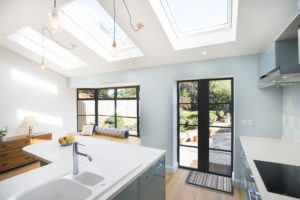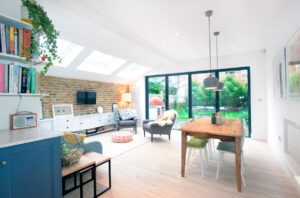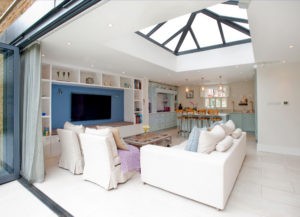If, like most homeowners, you crave extra living space but fear the hefty price tag often associated with home extensions, then this article is tailor-made for you. In an era where home improvement costs have skyrocketed, the prospect of a budget-friendly home extension can be a breath of fresh air. We know your home is more than just a place to reside; it’s an investment in your family’s future and well-being. That’s precisely why, in this article, we’ll share insights on navigating, planning, designing, and executing a cost-effective home extension project.
From design concepts that make the most of available space to shrewd shopping strategies for materials and labour. We’re here to reveal insider tips for realising your dream home extension without breaking the bank. Whether your aspirations include a new bedroom, a spacious open-plan living area, or that long-awaited kitchen extension, rest assured, we’ve got you covered with tips, practical advice, and cost-effective strategies to turn your dreams into reality.
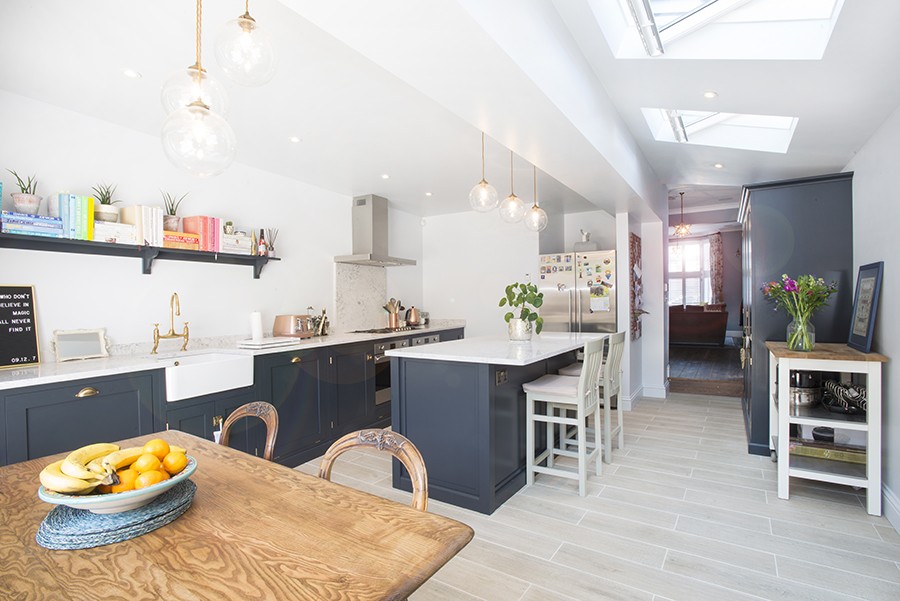
Setting a Realistic Budget
When embarking on a budget-friendly home extension project, the first and foremost step is to meticulously plan and set a realistic budget. Begin by assessing your financial situation. Take a close look at your savings, potential sources of funding, and any loans or mortgages you might consider. Ensuring this amount aligns with your overall financial goals and doesn’t strain your finances is vital.
Once you have a clear picture of your financial resources, it’s time to understand the cost factors involved. This includes professional drawings, planning fees, construction materials, labour, permits, and unexpected contingencies. Setting a realistic budget consists of striking a balance between your vision and financial capabilities. While you might have grand ideas, ensuring your budget aligns with your expectations is crucial to avoid unnecessary financial stress throughout the project.
Consider all the cost factors involved. For example, if you add a bathroom, factor in plumbing, fixtures, and labour costs. Setting a budget allows you to make informed decisions about materials, design, and scope to ensure your project remains affordable without compromising your vision.
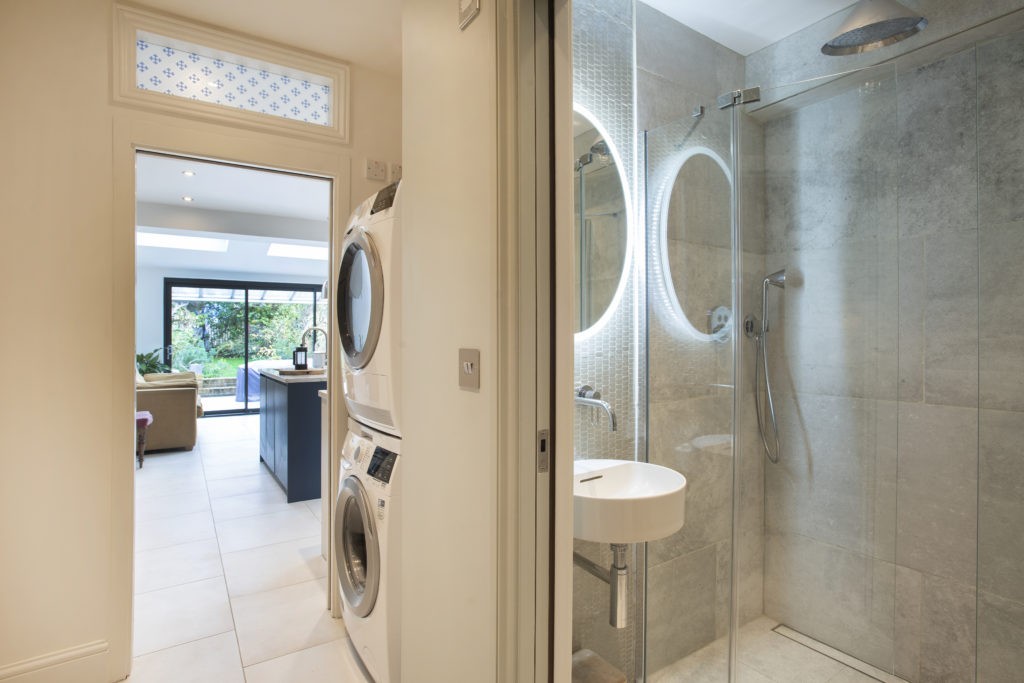
Designing for Efficiency
Designing for efficiency lies at the heart of every successful budget-friendly home extension project. To truly make the most of your available space, embracing a mindset around optimising every square inch is crucial. This means diving deep into space-saving design concepts that enhance functionality and minimise the need for costly structural changes and alterations.
One key strategy is to consider multifunctional furniture and built-in storage solutions. These ingenious additions can work wonders by eliminating clutter and streamlining your living areas. Imagine a sofa that doubles as a pull-out bed for guests or cabinets cleverly integrated into the walls to house your belongings neatly. Such innovations make your home extension more versatile and help you avoid unnecessary expenses associated with purchasing standalone furniture or additional storage units.
A well-thought-out layout plays a pivotal role in cost savings. By meticulously planning your extension’s design, you can ensure every square foot serves its intended purpose efficiently. This reduces the chances of needing costly alterations and eliminates wasted space, allowing you to make the most of your budget while achieving the dream home extension you’ve envisioned.
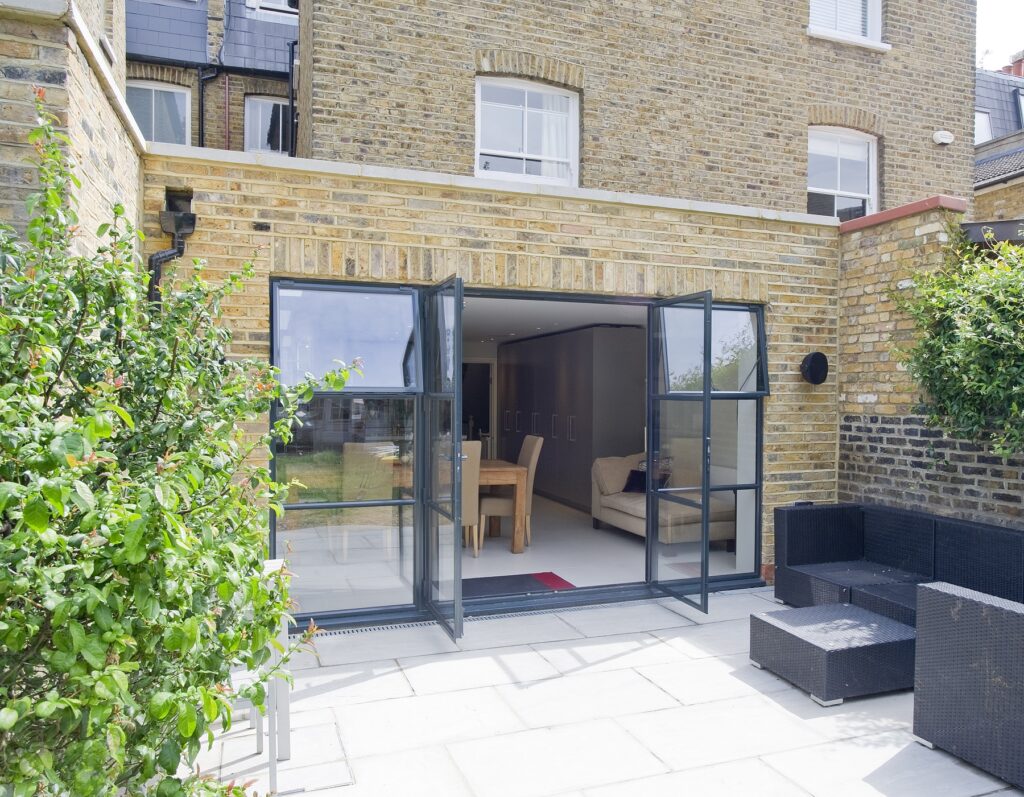
Choosing Cost-Effective Materials and Finishes
In addition to efficient design, another critical factor in keeping your home extension project budget-friendly is the careful selection of materials and finishes. Your choices can significantly impact the overall cost while allowing you to achieve the desired aesthetic.
Start by exploring budget-friendly building materials that align with your project requirements. It’s often possible to find alternatives that offer the durability and functionality you need without breaking the bank. For instance, consider laminate flooring that convincingly mimics the appearance of hardwood or quartz countertops that exude the elegance of natural stone. Striking the right balance between cost and quality is pivotal; you want materials that not only fit your budget but also stand the test of time while enhancing the visual appeal of your extension.
To illustrate, consider opting for porcelain tiles instead of marble for flooring and shower walls. Porcelain tiles are renowned for their durability and come in various designs, allowing you to achieve an elegant and high-end look without the hefty price tag associated with natural stone. These carefully selected materials and finishes can be the key to transforming your home extension into a cost-effective masterpiece without compromising style or quality.
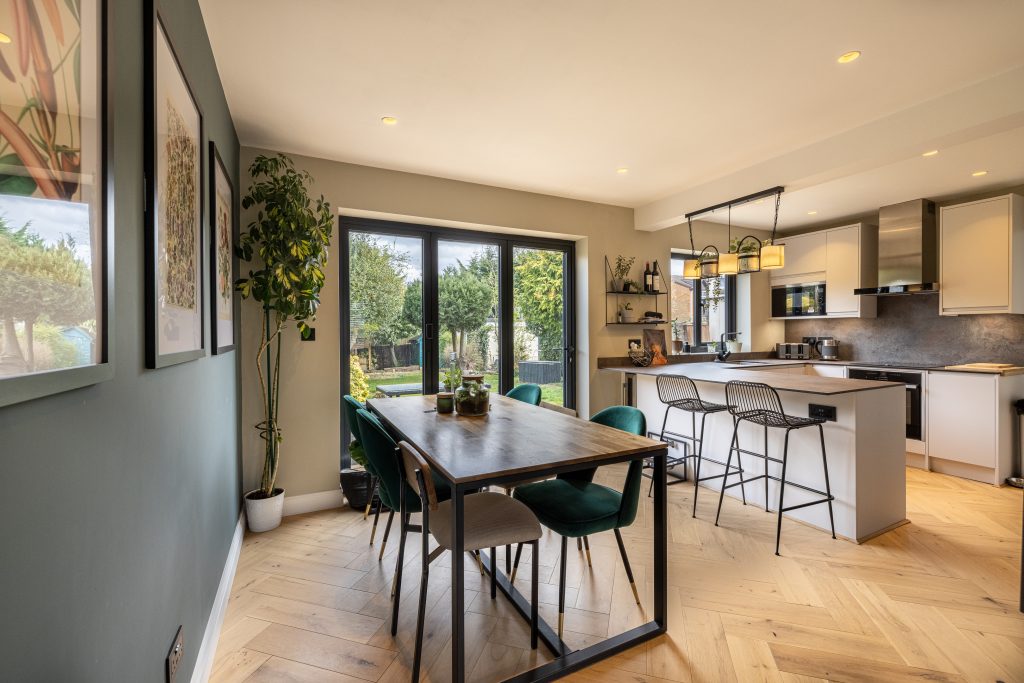
DIY vs. Professional
When embarking on your budget-friendly home extension project, the choice between tackling tasks yourself (DIY) and hiring professionals is a pivotal decision that can significantly impact your budget and the project’s outcome. It’s crucial to assess your DIY capabilities and limitations honestly, as this will guide your choices effectively.
Certain aspects of your extension project, such as structural work or complex electrical and plumbing installations, often demand professional expertise. These professionals ensure the safety and compliance of your project with local building codes and bring a wealth of experience and precision to critical tasks. It’s vital not to compromise on safety or quality in these areas.
On the flip side, there are numerous opportunities for you to contribute to cost savings through DIY efforts. Tasks like painting, landscaping, or interior decor are areas where you can roll up your sleeves and significantly impact the project’s overall cost. Striking the right balance between DIY and professional involvement is essential for achieving cost-effective results while maintaining the quality and safety standards necessary for a successful home extension. By carefully weighing your capabilities and selecting when to DIY and when to call in the experts, you can maximise your budget’s potential and make your extension project a reality without breaking the bank.
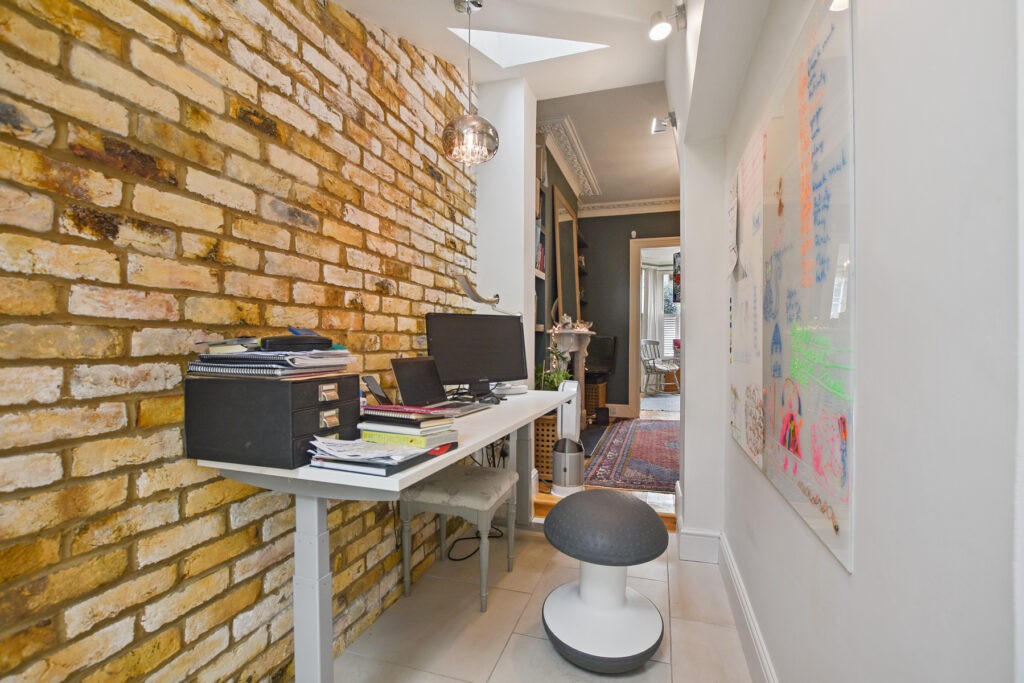
Eco-Friendly and Energy-Efficient Choices
When contemplating your budget-friendly home extension project, exploring eco-friendly and energy-efficient design choices is wise, as they can yield substantial long-term cost savings. These choices extend beyond their environmental benefits, with the potential to significantly reduce your utility bills and enhance the overall resale value of your home.
One impactful option is incorporating solar panels into your home extension project. While the initial investment may seem significant, the dividends paid over time can be remarkable. By harnessing the power of the sun, you can slash your energy bills. Additionally, it’s worth checking for government incentives for renewable energy installations in your region. These financial incentives can further sweeten the deal, making your eco-friendly extension both a responsible environmental choice and a savvy financial investment.
In addition to solar panels, you should investigate energy-efficient insulation and other sustainable practices to reduce ongoing operating costs and minimise your environmental footprint. By embracing these eco-conscious strategies, your budget-friendly home extension becomes a win-win situation, benefiting your wallet and the planet.


